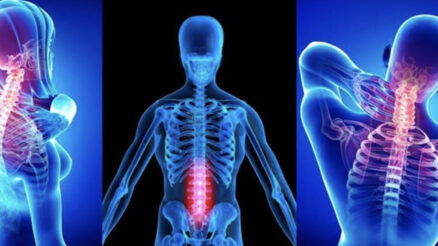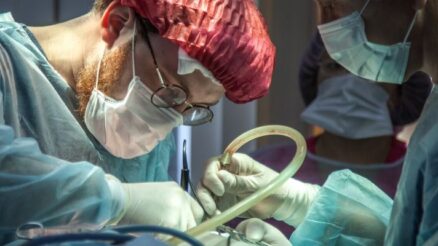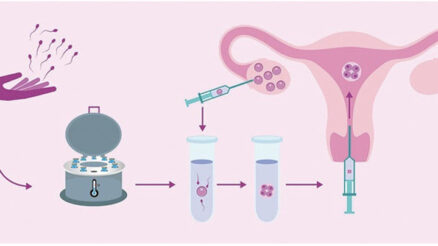A stroke is a major medical event that can cause major damage or death. Even when a stroke is relatively mild, recovery can be difficult. When a stroke is severe, the victim and family members may be in for a long and arduous road to healing — the length and outcome of which are unknown. In short, strokes are scary.
The infographic below, Life After a Stroke: Brain Regeneration and Healing, contains important information for anyone who is in the midst of recovering from a stroke, and for their concerned family members and friends. The infographic outlines how the brain responds following a stroke, as well as the critical actions to take to reduce the risk of a second stroke, probably the worst nightmare for any stroke victim.
As the infographic shows, the brain is resilient, and with the proper medical attention immediately following a stroke, ongoing therapy and careful monitoring, the brain can adapt and enable the stroke victim to regain lost abilities. One way this happens is through the amazing property of neural plasticity, in which the brain reorganizes itself to allow healthy areas of the brain to handle functions formerly handled by stroke-damaged areas. While the extent of this reorganization varies from person to person, and requires ongoing therapy and repetition to achieve the best outcomes, neural plasticity gives stroke sufferers and their families reason for hope in the doubtful days immediately following the event.
The advice noted in the infographic for prevention of a second stroke should really be implemented before a first stroke even occurs — but without doubt after a stroke. A second stroke occurs about 25% of the time in the U.S., but taking the right risk-reduction actions can bring that percentage down. All of the actions listed in the infographic are critically important, but not all are applicable to every patient. For instance, sleep apnea can disrupt sleep patterns and cause sleep deprivation, which can lead to stroke — but not all stroke victims suffer from this disorder.
Of course, risk reduction for a second stroke is not a “do-it-yourself” exercise. It’s always important to develop a risk-reduction plan with your primary care physician or a specialist. With a good plan and ongoing therapy (if needed), the eventual outcome for a stroke sufferer can be positive, and the road to healing perhaps less challenging than it first appeared.
For more information, please continue reading below.





